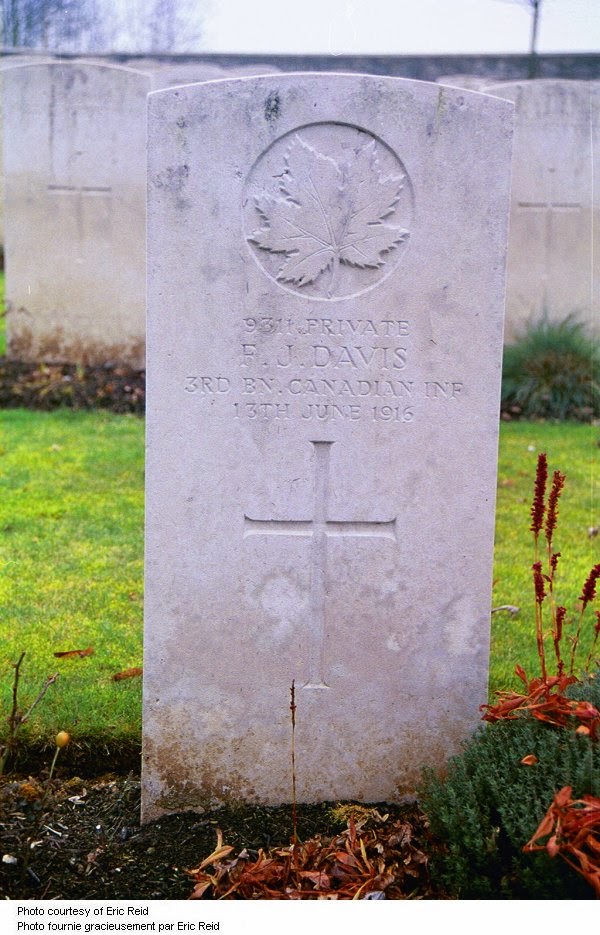The 3rd
Battalion, Canadian Expeditionary Force and the 2nd Battle of Passchendaele,
October 26 - November 10, 1917
The word Passchendaele invokes a feeling of
helplessness, terror, horror, mud – all the vulgarities of war – still 100
years after the battle. The British Army commenced a major offensive the
Germans at the end of July 1917. The goal was to break the German grip on the
Ypres Salient and the Channel posts by seizing the Bellevue Spur and the
village of Passchendaele, the village and its surrounding countryside
controlling the heights overlooking Ypres. Initially the British attacks met
with some success capturing ground lost in 1915. However the attacks soon
ground to a stop and by August rains came with the low-lying countryside
becoming waterlogged. The
villages of Langemarck and St. Julien were recaptured August 16 however between
July 31 and August 31, the British suffered 70,800 casualties. British and Anzac
attacks were renewed in September and October resulting in the capture of Polygon
Wood, Gravenstafel, Poelcapelle and Zonnebeke however by October’s end all had
been lost, with the exception of Poelcapelle, However in the worsening weather,
the British High Command called in the Canadian Corps led by Sir Arthur Currie,
to achieve success where others had failed AGAIN!
 |
| Disposition of 1st Brigade Battalions |
The Canadian Corps headed by Currie, after intensive planning, were to
attack in three waves each with objectives on October 26, October 30 and
November 30. The plan included an
upgraded transportation system, artillery placing and extensive communications,
all of which were required to be in place prior to any attacks. The rain and
resultant mud were omnipresent however everything had to be in place prior to any
attacks By October 26 all systems were go with the Canadian Corps ready to go
over the top with the overall objective being the Passchendaele Ridge. The 3rd
Canadian Division would attack the Bellveue Spur directly, south of the morass
of the Ravebeek River, the 4th Canadian Division would attack up the
Passchendaele Spur towards the village. In the later stages the 1st
Canadian Division would replace the 3rd Division while the 2nd
would replace the 4th. By
October 30, the 4th Division had success on the Ridge however the 3rd
Division was short of it’s goal and had paid a heavy price. However the
Passchendaele Ridge was now under Canadian control.
 |
| SECRET ARTILLERY MAP FOR PASSCHENDAELE NOVEMBER 6, 1917 |
The 3rd Battalion left six officers and 108 other ranks out of
the battle and with the transport lines. On the morning of November 4 “C” and
“D” Companies were positioned in the Wurst area with “A” And “B”Companies
taking their place when “C” and “D” moved into the line that evening. Battalion
HQ and First Aid station was positioned at Kronprinz Farm. Most of the low
lying land was either under water or covered deep in mud. By day’s end “D”
company was at Yetta Cottages, “A”, “B” and “C” Companies were in the line. General
Currie’s plan for November 6 called for the 1st Division was to
capture the Green Line within 1000 yards of Graf Farm including Mosselmarkt,
Goudberg and Passchendaele. The 3rd Battalion on the Division’s left
flank, was set to act in two capacities. First it was to provide an attacking
force of 10 platoons to capture Vine Cottage, a German strong-point guarding
the Goudberg Spur some 350 yards south-east of Vapour Farm. This force was
headed by Major Mason and consisted of “C” Company and two platoons from each
“A” and “D” Companies. The Battalions second role was to provide “B” Company
and the other two platoons of “A” Company, as a supporting force for the 2nd
Battalion, on their right.
 |
| PTE. THOMAS ASHDOWNE, #427646, KIA NOV.6,1917 POELCAPELLE MILITARY CEMETERY, PASSCHENDAELE |
 |
| A STRONG POINT IN PASSCHENDAELE BELIEVED TO BE VINE COTTAGE |
 |
| PRIVATE JOHN FIELDER, #10027 - A 3RD BATTALION ORIGINAL |
In 2007, a local group called the
Diggers, found and helped to excavate three Canadian soldiers from the cart path
along Vine Cottage which were identified as soldiers from the 3rd
(Toronto Regiment) Battalion. One of the soldiers had unique gold teeth. The
three soldiers were given military burials in Passchendaele New British Cemetery.
I believe the three men were : Private Sydney Churchward, #1024345, a Toronto
policeman; Private William Tricker, #1024315, a 17 year old Barnardo Boy and
Private John Fielder, #10027, a 3rd
Battalion original from 1914.
 |
| THE PASSCHENDAELE LANDSCAPE, NOVEMBER 1917 |
Photos courtesy of Marika Pirie and Library & Archives Canada
Bob Richardson (416) 434-7784 mustangbooks@hotmail.com





.jpg)